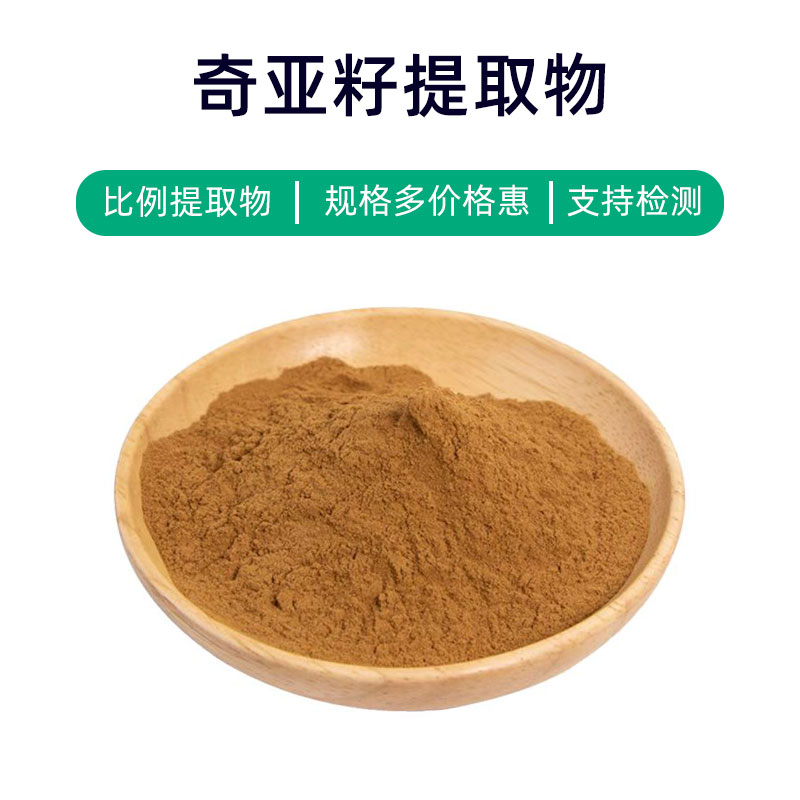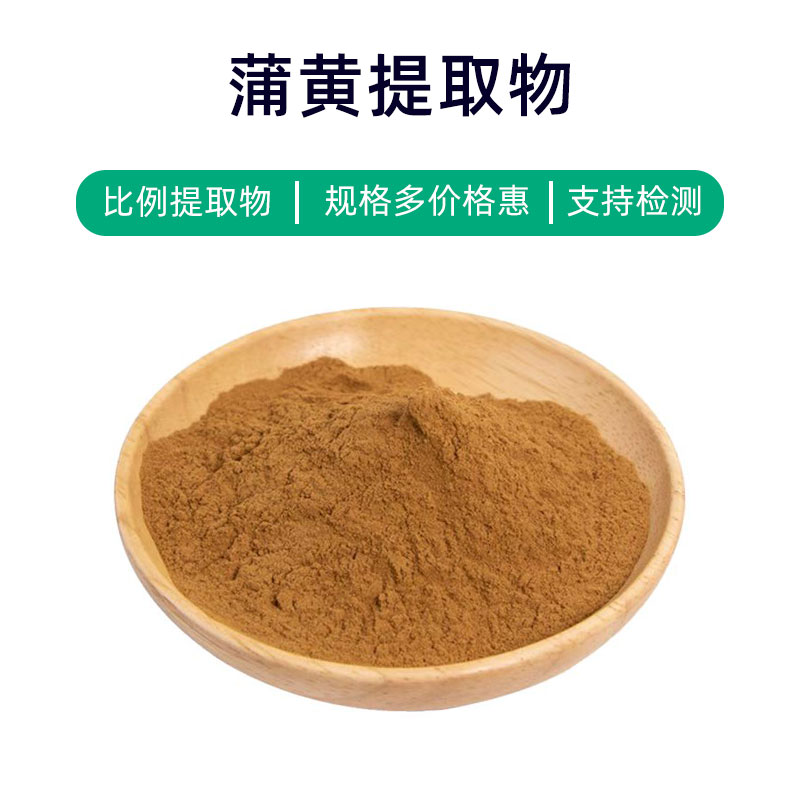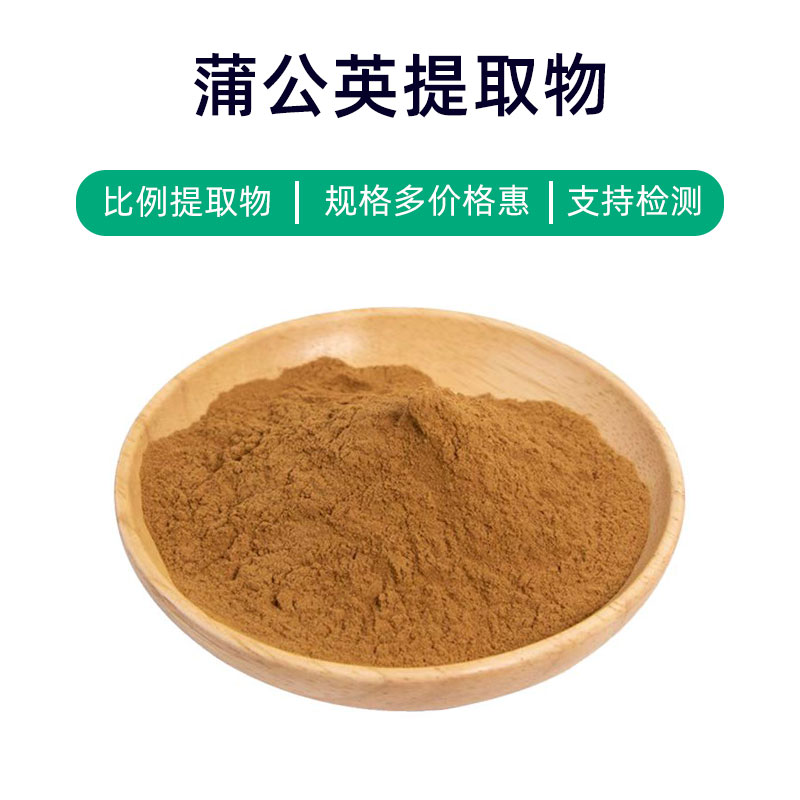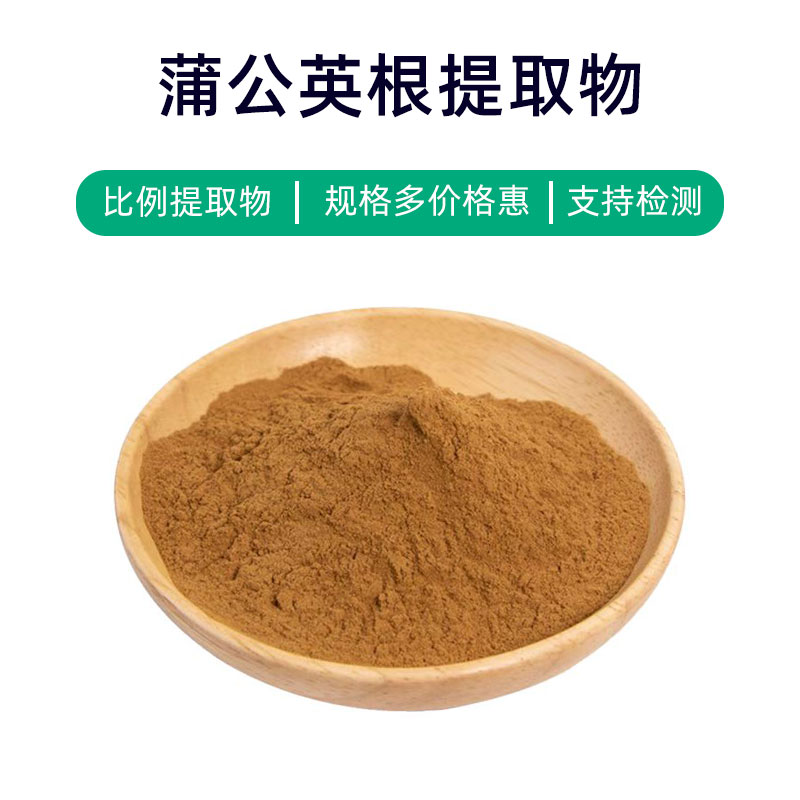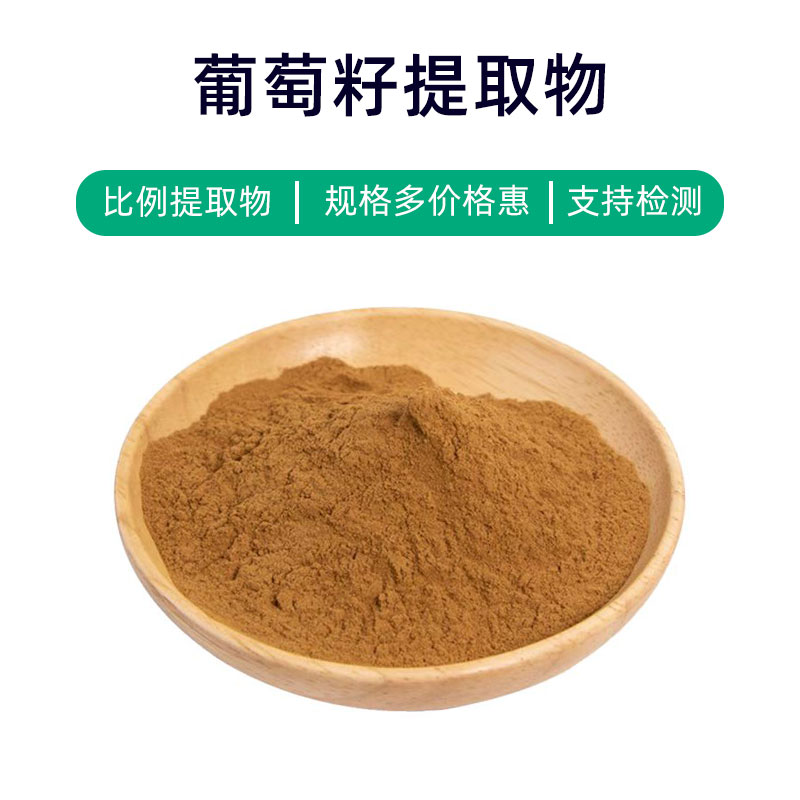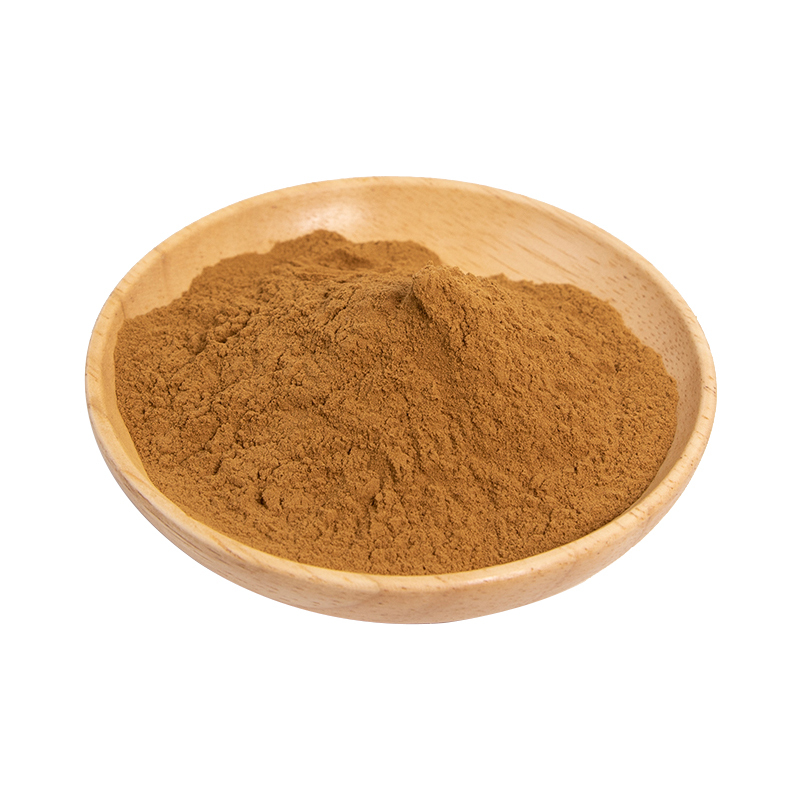Introduction to Herba Sarcandrae Extract
Herba Sarcandrae extract is a natural medicinal ingredient derived from the Sarcandra glabra plant. Its main active components include sarcandra flavonoids, sarcandra ketones, and herbacetin, which contribute to the extract’s multiple benefits and applications.
First, Herba Sarcandrae extract is widely used in medicine. Due to its antioxidant, anti-inflammatory, and anti-tumor biological activities, it is often employed to treat respiratory disorders like colds and bronchitis, as well as inflammatory conditions such as rheumatoid arthritis.
Second, it is frequently found in health supplements. People often use it as an ingredient in health foods aimed at boosting immunity, improving bodily constitution, and slowing down aging.
Furthermore, Herba Sarcandrae extract is also utilized in cosmetics. Its antioxidant and anti-inflammatory properties make it suitable for skincare products, helping protect the skin from free radical damage and reducing skin inflammation, resulting in healthier skin.
In summary, as a natural medicinal ingredient, Herba Sarcandrae extract has multiple benefits and wide applications in medicine, health supplements, and cosmetics, providing robust support for health and beauty.
Production Process of Herba Sarcandrae Extract
The production process of Herba Sarcandrae extract typically includes the following key steps:
- Raw Material Preparation: Select fresh, high-quality Herba Sarcandrae, perform initial cleaning and sorting, removing impurities and undesirable parts.
- Rough Extraction: Use methods such as water extraction, ethanol extraction, or supercritical fluid extraction to perform rough extraction from the cleaned plant material to obtain active ingredients.
- Concentration of Extract: The extract obtained post-rough extraction is concentrated to remove excess solvents and moisture, resulting in a relatively concentrated extract.
- Separation and Purification: Employ separation techniques such as gel filtration or column chromatography on the concentrated extract to achieve a high purity Herba Sarcandrae extract.
- Drying and Powdering: The purified extract is then dried using methods like spray drying or vacuum drying to convert it into a powder form for subsequent packaging and storage.
- Quality Control and Testing: Quality testing of the produced Herba Sarcandrae extract includes checking active ingredient content, microbiological limits, heavy metal levels, and ensuring compliance with relevant standards.
- Packaging and Storage: The qualified Herba Sarcandrae extract is packaged in sealed containers to prevent moisture or contamination and stored in a cool, dry environment to maintain stability and activity.
Through these processing steps, high-quality, high-purity Herba Sarcandrae extract can be produced for applications in pharmaceuticals, health supplements, and cosmetics.
Effects, Benefits, and Side Effects of Herba Sarcandrae Extract
Herba Sarcandrae extract is a natural remedy sourced from the Herba Sarcandrae plant, with numerous benefits and effects, commonly found in traditional medicine, health supplements, and cosmetics. Here are its main benefits:
- Anti-inflammatory Effects: Rich in active ingredients, the extract exhibits significant anti-inflammatory properties, helping reduce inflammation and alleviating symptoms like skin redness and itching.
- Antioxidant Properties: The extract is high in natural antioxidants, such as polyphenols and vitamin C, effectively neutralizing free radicals in the body, delaying cell aging, and protecting the skin from oxidative stress damage.
- Moisturizing and Hydrating: It has excellent moisturizing properties, improving dry and rough skin conditions, enhancing moisture retention, and making the skin soft and smooth.
- Regulating Sebum Production: The active components in the extract help balance sebum production and regulate sebaceous gland function, assisting in controlling excess oiliness and reducing the occurrence of acne and blemishes.
- Inhibiting Bacterial Growth: The extract possesses antibacterial properties, inhibiting the growth of bacteria, which helps prevent and improve skin issues caused by bacterial infections, such as acne and eczema.
- Promoting Wound Healing: The active components promote tissue repair and wound healing, speeding up the healing process of skin damage, and reducing scar formation.
- Soothing Sensitive Skin: The extract has calming and anti-allergic properties, reducing skin sensitivity and alleviating discomfort symptoms like redness and itching from allergies.
- Improving Blood Circulation: It can enhance local blood circulation, improve skin microcirculation, and boost nutrient supply to the skin, promoting metabolism and resulting in a healthier complexion.
Despite the various benefits of Herba Sarcandrae extract, individual differences and allergy considerations are important. Possible side effects may include allergic reactions and skin irritation, so a patch test is recommended before use, and it’s advisable to use under medical guidance.
Application Scenarios and Dosage for Herba Sarcandrae Extract
Herba Sarcandrae extract has a wide range of applications in pharmaceuticals, food, and cosmetics, demonstrating anti-inflammatory, antioxidant, moisturizing, and antibacterial effects, making it useful in various fields.
- Pharmaceutical Applications:
- Anti-inflammatory: The extract can be used to prepare topical ointments and sprays for treating skin inflammation, eczema, acne, etc.
- Wound Healing: It can be employed as a wound dressing or in conjunction with other medications to promote healing and minimize infection and scar formation.
- Skin Care: Added to skincare products like creams, lotions, and masks, it offers moisturizing, anti-aging, and soothing effects.
- Food Applications:
- Added to Health Foods: Used as a health ingredient to boost immune function and improve gut health.
- Natural Coloring Agent: The pigments in Herba Sarcandrae extract can be employed in food processing, such as in cookies, candies, and beverages, enhancing color.
- Cosmetic Applications:
- Skincare Products: Incorporated into cleansers, creams, and serums with antioxidant, anti-inflammatory, and moisturizing benefits that improve skin texture.
- Color Cosmetics: Used in lipsticks, eyeshadows, and foundations, enhancing product moisture and comfort while providing some antioxidant properties.
Dosage:
- Pharmaceuticals: As per doctor’s advice, topical products can be applied as needed, typically 1-2 times a day; oral medications should follow the dosage instructions.
- Food Products: Added according to food processing requirements, consistent with health standards for food.
- Cosmetics: Based on the formulation, generally added at a concentration of 0.1%-5%; specific use should depend on product type and desired effects.
It’s important to perform a skin patch test before use to confirm no allergic reactions, and to adhere to recommended dosages and methods stated in product instructions to prevent adverse reactions.
Introduction to the Source Plant of Herba Sarcandrae, Distribution, and Growing Environment
Herba Sarcandrae (Bidens pilosa) is a common herbaceous plant belonging to the Asteraceae family, also known as "yellow needle grass," "yellow flower grass," and others. Below are detailed points regarding the source plant's introduction, distribution, and growing conditions:
- Plant Introduction:
- Herba Sarcandrae is an annual or perennial herb, typically growing between 20-100 cm tall, and can occasionally reach up to 2 meters. The plant is upright, with visibly angled stems, usually branching.
- The leaves are opposite, ovate or triangular-ovate, with serrated or deeply lobed edges, and varying petiole lengths. It has a long flowering period, typically blooming in summer and autumn with small yellow flowers.
- Distribution:
- Native to Central and South America, Herba Sarcandrae is a wild plant common in tropical and subtropical regions. It has now been introduced and become a common weed in various parts of the world.
- It can be found in many countries and regions across Asia, Africa, Europe, and Oceania. It mainly grows in fields, wastelands, along roads, riverbanks, and foot of mountains.
- Growing Environment:
- Herba Sarcandrae is highly adaptable to various environments, preferring warm and humid climates, with high sunlight requirements, thriving in areas with ample sunlight.
- It can grow in diverse soil types, including sandy, loamy, and sandy-loam soils, but does not have stringent nutrient requirements.
- Due to its rapid growth and adaptability, Herba Sarcandrae frequently appears in fields, grasslands, gardens, roadsides, and yards, often regarded as a weed.
Overall, Herba Sarcandrae is a widely distributed, resilient wild plant that thrives in warm, humid climates and various soil types, with its growth spanning across continents, commonly found in fields, wastelands, and along roadways.
Processing and Storage of Herba Sarcandrae Extract
The processing of Herba Sarcandrae extract typically includes the following steps: First, fresh Herba Sarcandrae plants are harvested and undergo initial cleaning and handling to remove impurities and unwanted parts. Next, the clean plant material is ground or chopped to increase extraction efficiency. Appropriate extraction methods (such as water extraction, ethanol extraction, or supercritical fluid extraction) are then employed to isolate the desired components. Finally, through processes such as concentration and drying, the finished Herba Sarcandrae extract is obtained.
In terms of storage, Herba Sarcandrae extract should be kept in a cool, dry, well-ventilated area, away from direct sunlight and high temperatures to prevent degradation. It should also be sealed to avoid contact with harmful substances like oxygen, moisture, and odors, preserving its stability and quality. Regularly check storage conditions and prevent contamination from mold and microorganisms to extend its shelf life and maintain the integrity of its nutritional components.
Monica Sun is a seasoned expert in the plant extraction industry with over a decade of experience in research and production. She specializes in the extraction and purification of plant active ingredients, focusing on driving innovation in natural product applications. Monica has participated in the development of multiple functional plant extracts, delivering high-value natural raw material solutions for the health food, pharmaceutical, and dietary supplement sectors.









